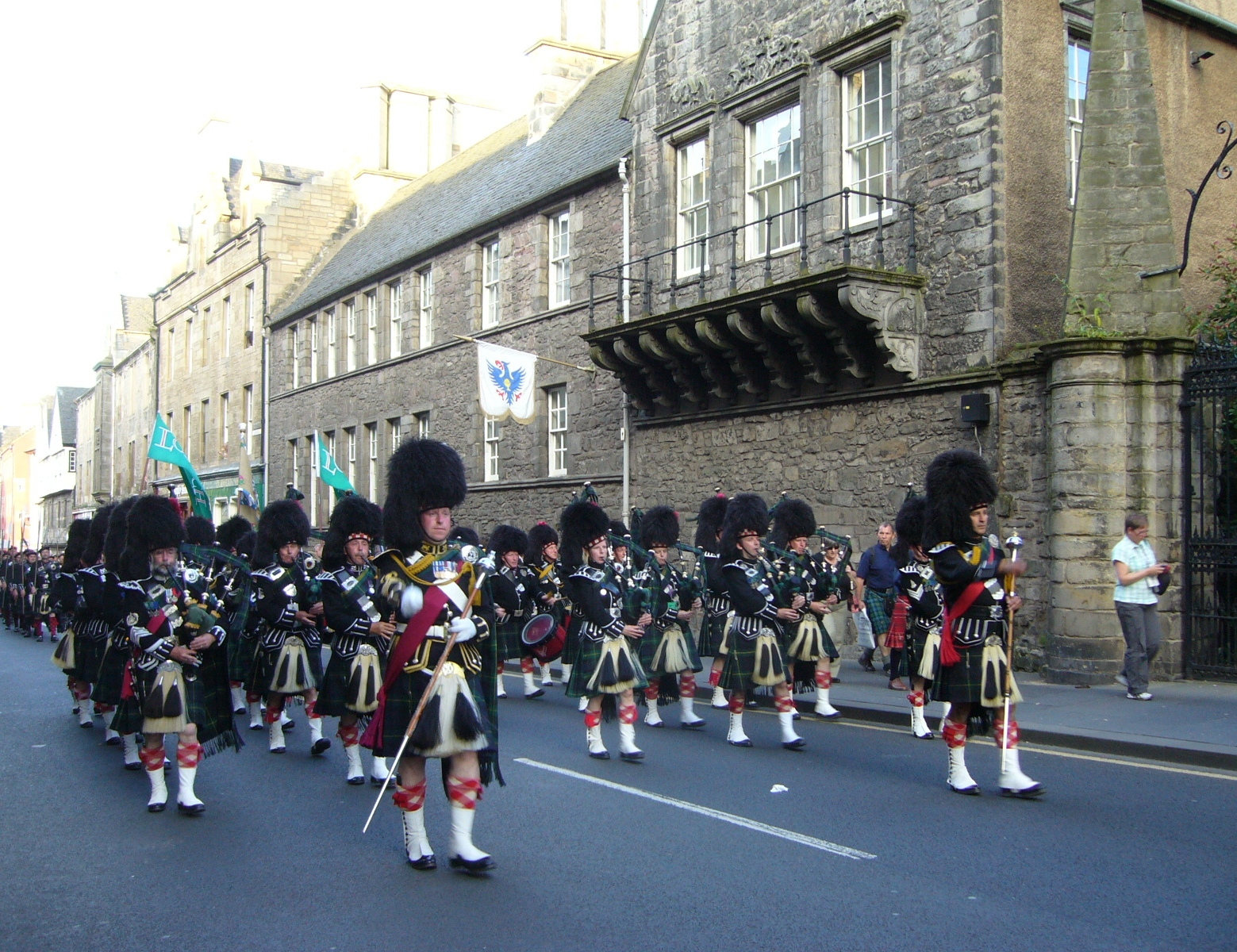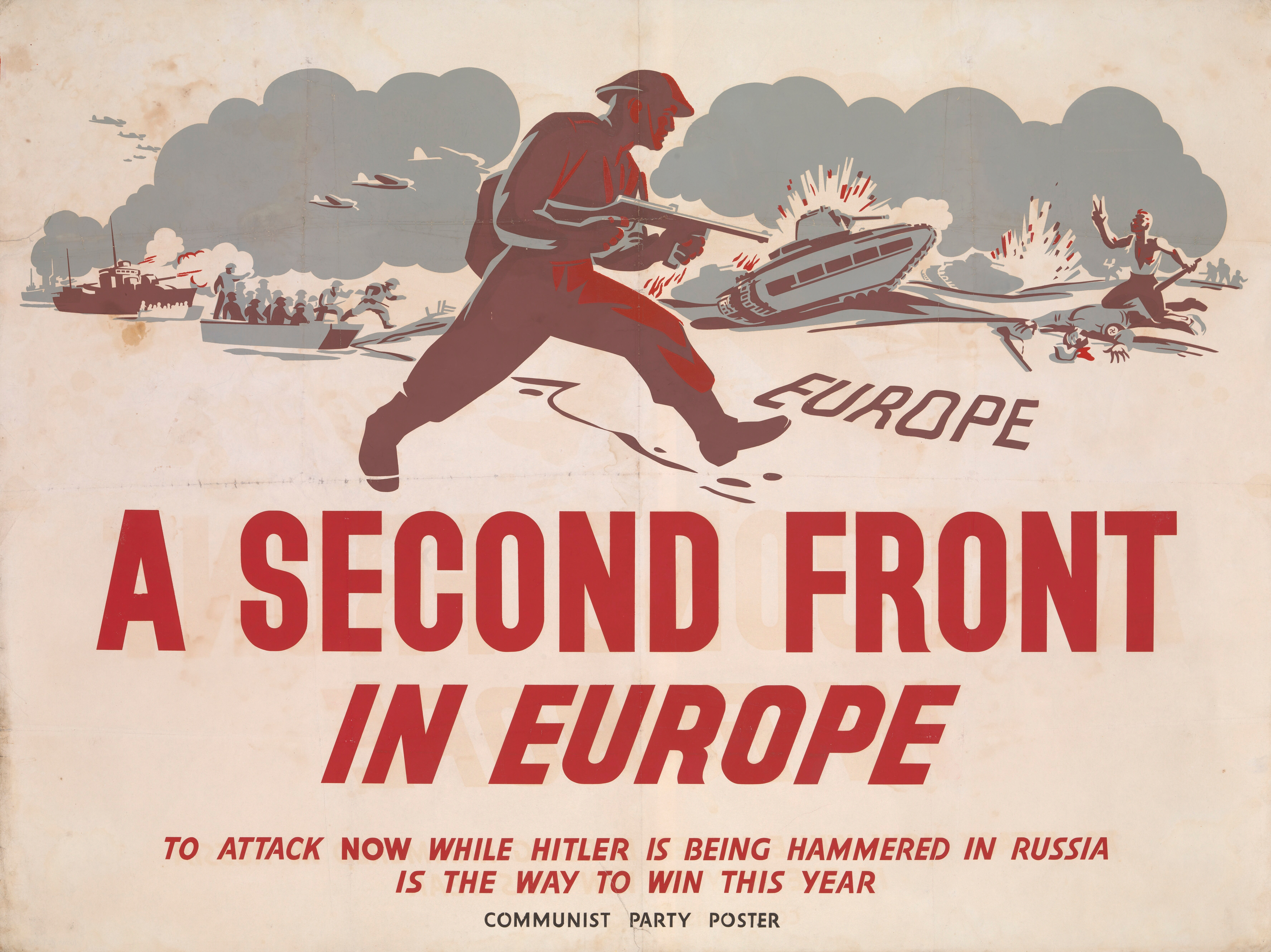|
Flora MacNeil
Flora MacNeil, MBE (6 October 1928 – 15 May 2015) was a Scottish Gaelic Traditional singer. MacNeil gained prominence after meeting Alan Lomax and Hamish Henderson during the early 1950s, and continued to perform into her later years. Early life MacNeil was born in 1928 into a Gaelic-speaking and Roman Catholic family inside her parents' croft at Ledag, Castlebay, on the island of Barra, which is sometimes called, "the island the Reformation never reached". There were singers on both sides of the MacNeil family, but the menfolk were often away at sea for long periods, leaving the women to raise the children and tend the croft – while constantly singing to assuage their labours. Her mother was Ann Gillies. Her father, Seumas MacNeil, worked as a fisherman and died when Flora was 14. In these pre-television and pre-radio days, ceilidhs were a regular occurrence on Barra, and from earliest childhood MacNeil later remembered "soaking up" literally hundreds of songs, as ... [...More Info...] [...Related Items...] OR: [Wikipedia] [Google] [Baidu] |
Castlebay
Castlebay ( gd, Bàgh a' Chaisteil) is the main village and a community council area on the island of Barra in the Outer Hebrides, Scotland. The village is located on the south coast of the island, and overlooks a bay in the Atlantic Ocean dominated by Kisimul Castle, as well as nearby islands such as Vatersay. Castlebay is also within the parish of Barra. The village is located on the A888, which serves as a circular road around Barra. In 1971 it had a population of 307. Community Castlebay is home to the majority of shops on the island. The main street forms a square with the ferry terminal and the ring road, and features several grocery shops, a bank, post office, and tourist information centre. There is a larger supermarket now to the west of the village, having opened in October 2009. There are also several hotels in the village, plus the Island's medical centre, a filling station and the police station. Church Our Lady, Star of the Sea, a Roman Catholic church, was ope ... [...More Info...] [...Related Items...] OR: [Wikipedia] [Google] [Baidu] |
Jacobitism
, war = , image = Prince James Francis Edward Stuart by Louis Gabriel Blanchet.jpg , image_size = 150px , caption = James Francis Edward Stuart, Jacobite claimant between 1701 and 1766 , active = 1688–1780s , ideology = * Legitimist support for the senior line of the Stuarts * Indefeasible dynastic right * Divine right of kings * Irish nationalism * Scottish nationalism , leaders = , leader1_title = Military leaders , leader1_name = , headquarters = , area = British Isles , size = , allies = *Papal States (Until 1788) , opponents = Jacobitism (; gd, Seumasachas, ; ga, Seacaibíteachas, ) was a political movement that supported the restoration of the senior line of the House of Stuart to the British throne. The name derives from the first name of James II and VII, which in Latin translates as ''Jacobus''. When James went into exile ... [...More Info...] [...Related Items...] OR: [Wikipedia] [Google] [Baidu] |
Scottish Traditional Music
Scottish folk music (also Scottish traditional music) is a genre of folk music that uses forms that are identified as part of the Scottish musical tradition. There is evidence that there was a flourishing culture of popular music in Scotland during the late Middle Ages, but the only song with a melody to survive from this period is the "Pleugh Song". After the Reformation, the secular popular tradition of music continued, despite attempts by the Kirk, particularly in the Lowlands, to suppress dancing and events like penny weddings. The first clear reference to the use of the Highland bagpipes mentions their use at the Battle of Pinkie Cleugh in 1547. The Highlands in the early seventeenth century saw the development of piping families including the MacCrimmons, MacArthurs, MacGregors and the Mackays of Gairloch. There is also evidence of adoption of the fiddle in the Highlands. Well-known musicians included the fiddler Pattie Birnie and the piper Habbie Simpson. This tradition con ... [...More Info...] [...Related Items...] OR: [Wikipedia] [Google] [Baidu] |
1951 Edinburgh People's Festival Ceilidh
Events January * January 4 – Korean War: Third Battle of Seoul – Chinese and North Korean forces capture Seoul for the second time (having lost the Second Battle of Seoul in September 1950). * January 9 – The Government of the United Kingdom announces abandonment of the Tanganyika groundnut scheme for the cultivation of peanuts in the Tanganyika Territory, with the writing off of £36.5M debt. * January 15 – In a court in West Germany, Ilse Koch, The "Witch of Buchenwald", wife of the commandant of the Buchenwald concentration camp, is sentenced to life imprisonment. * January 20 – Winter of Terror: Avalanches in the Alps kill 240 and bury 45,000 for a time, in Switzerland, Austria and Italy. * January 21 – Mount Lamington in Papua New Guinea erupts catastrophically, killing nearly 3,000 people and causing great devastation in Oro Province. * January 25 – Dutch author Anne de Vries releases the first volume of his children's novel '' Journey Through the ... [...More Info...] [...Related Items...] OR: [Wikipedia] [Google] [Baidu] |
Flora Macneil
Flora MacNeil, MBE (6 October 1928 – 15 May 2015) was a Scottish Gaelic Traditional singer. MacNeil gained prominence after meeting Alan Lomax and Hamish Henderson during the early 1950s, and continued to perform into her later years. Early life MacNeil was born in 1928 into a Gaelic-speaking and Roman Catholic family inside her parents' croft at Ledag, Castlebay, on the island of Barra, which is sometimes called, "the island the Reformation never reached". There were singers on both sides of the MacNeil family, but the menfolk were often away at sea for long periods, leaving the women to raise the children and tend the croft – while constantly singing to assuage their labours. Her mother was Ann Gillies. Her father, Seumas MacNeil, worked as a fisherman and died when Flora was 14. In these pre-television and pre-radio days, ceilidhs were a regular occurrence on Barra, and from earliest childhood MacNeil later remembered "soaking up" literally hundreds of songs, as ... [...More Info...] [...Related Items...] OR: [Wikipedia] [Google] [Baidu] |
British Folk Revival
The British folk revival incorporates a number of movements for the collection, preservation and performance of folk music in the United Kingdom and related territories and countries, which had origins as early as the 18th century. It is particularly associated with two movements, usually referred to as the first and second revivals, respectively in the late 19th to early 20th centuries and the mid-20th century. The first included increased interest in and study of traditional folk music, the second was a part of the birth of contemporary folk music. These had a profound impact on the development of British classical music and in the creation of a "national" or "pastoral" school and led to the creation of a sub-culture of folk clubs and folk festivals as well as influential subgenres including progressive folk music and British folk rock. Origins Social and cultural changes in British society in the early modern era, often seen as creating greater divisions between different so ... [...More Info...] [...Related Items...] OR: [Wikipedia] [Google] [Baidu] |
Hugh MacDiarmid
Christopher Murray Grieve (11 August 1892 – 9 September 1978), best known by his pen name Hugh MacDiarmid (), was a Scottish poet, journalist, essayist and political figure. He is considered one of the principal forces behind the Scottish Renaissance and has had a lasting impact on Scottish culture and politics. He was a founding member of the National Party of Scotland in 1928 but left in 1933 due to his Marxist–Leninist views. He joined the Communist Party the following year only to be expelled in 1938 for his nationalist sympathies. He would subsequently stand as a parliamentary candidate for both the Scottish National Party (1945) and British Communist Party (1964). Grieve's earliest work, including ''Annals of the Five Senses'', was written in English, but he is best known for his use of "synthetic Scots", a literary version of the Scots language that he himself developed. From the early 1930s onwards MacDiarmid made greater use of English, sometimes a "synthetic Engli ... [...More Info...] [...Related Items...] OR: [Wikipedia] [Google] [Baidu] |
Communist Party Of Great Britain
The Communist Party of Great Britain (CPGB) was the largest communist organisation in Britain and was founded in 1920 through a merger of several smaller Marxist groups. Many miners joined the CPGB in the 1926 general strike. In 1930, the CPGB founded the ''Daily Worker'' (renamed the ''Morning Star'' in 1966). In 1936, members of the party were present at the Battle of Cable Street, helping organise resistance against the British Union of Fascists. In the Spanish Civil War the CPGB worked with the USSR to create the British Battalion of the International Brigades, which party activist Bill Alexander commanded. In World War II, the CPGB mirrored the Soviet position, opposing or supporting the war in line with the involvement of the USSR. By the end of World War II, CPGB membership had nearly tripled and the party reached the height of its popularity. Many key CPGB members became leaders of Britain's trade union movement, including most notably Jessie Eden, Abraham Lazaru ... [...More Info...] [...Related Items...] OR: [Wikipedia] [Google] [Baidu] |
Edinburgh
Edinburgh ( ; gd, Dùn Èideann ) is the capital city of Scotland and one of its 32 council areas. Historically part of the county of Midlothian (interchangeably Edinburghshire before 1921), it is located in Lothian on the southern shore of the Firth of Forth. Edinburgh is Scotland's second-most populous city, after Glasgow, and the seventh-most populous city in the United Kingdom. Recognised as the capital of Scotland since at least the 15th century, Edinburgh is the seat of the Scottish Government, the Scottish Parliament and the highest courts in Scotland. The city's Palace of Holyroodhouse is the official residence of the British monarchy in Scotland. The city has long been a centre of education, particularly in the fields of medicine, Scottish law, literature, philosophy, the sciences, and engineering. It is the second-largest financial centre in the United Kingdom, and the city's historical and cultural attractions have made it the UK's second-most visited tourist d ... [...More Info...] [...Related Items...] OR: [Wikipedia] [Google] [Baidu] |
Church Of Scotland
The Church of Scotland ( sco, The Kirk o Scotland; gd, Eaglais na h-Alba) is the national church in Scotland. The Church of Scotland was principally shaped by John Knox, in the Reformation of 1560, when it split from the Catholic Church and established itself as a church in the reformed tradition. The church is Calvinist Presbyterian, having no head of faith or leadership group and believing that God invited the church's adherents to worship Jesus. The annual meeting of its general assembly is chaired by the Moderator of the General Assembly of the Church of Scotland. The Church of Scotland celebrates two sacraments, Baptism and the Lord's Supper, as well as five other rites, such as Confirmation and Matrimony. The church adheres to the Bible and the Westminster Confession of Faith, and is a member of the World Communion of Reformed Churches. History Presbyterian tradition, particularly that of the Church of Scotland, traces its early roots to the church foun ... [...More Info...] [...Related Items...] OR: [Wikipedia] [Google] [Baidu] |








